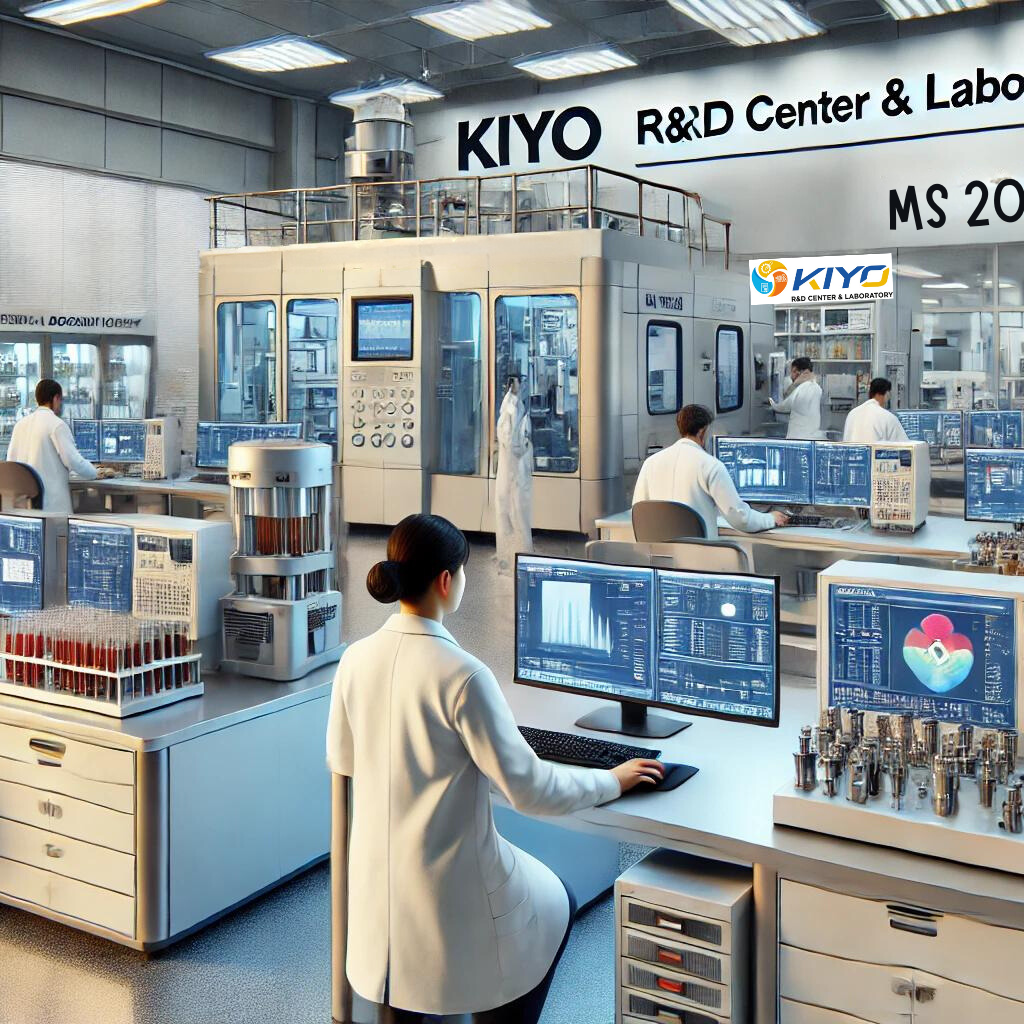Ensuring Safety with Heavy Metal Analysis and MS 210-05 Compliance
Heavy metal analysis is crucial for detecting harmful metals such as lead, mercury, cadmium, and arsenic in various materials. This analysis is vital in industries like manufacturing, environmental monitoring, and consumer products to ensure safety and compliance with health regulations.
The presence of heavy metals can lead to significant health risks, environmental damage, and regulatory non-compliance. Accurate detection and quantification are necessary to prevent these metals from reaching harmful levels, protecting both consumers and the environment.
MS 210-05 is a key standard that outlines procedures for heavy metal analysis. Adherence to this standard ensures that products are tested accurately and meet safety requirements.
Kiyo R&D Center & Laboratory specializes in heavy metal analysis compliant with MS 210-05. Our advanced facility is equipped with the latest analytical instruments, ensuring precise and reliable results.
Heavy metal analysis is essential for product safety and regulatory compliance. MS 210-05 provides the framework for accurate detection and quantification of heavy metals. Kiyo R&D Center & Laboratory offers top-tier services to help industries maintain the highest standards of safety and compliance.

For quotation or visit